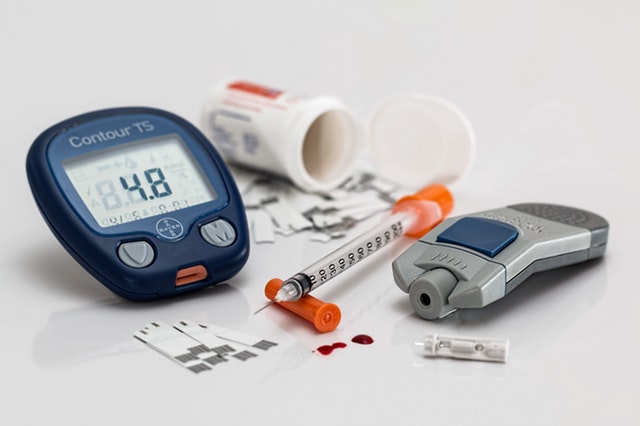What You Need to Know About Tobacco Use and Life Insurance

If you’re a smoker, you already know all the health risks that have been linked to this expensive habit. You’ve probably tried all the recommended methods for quitting; maybe even a few times. We aren’t here to lecture you – you’re probably surrounded by loved ones that can handle that. Our job is to educate you on how smoking could effect your ability to obtain life insurance.
It’s a common misconception that tobacco smokers are unable to get life insurance. Or, at the very least, that smoking pushes the premium into the “unaffordable” category. The truth is, purchasing a term life insurance policy as a smoker is a fairly painless and affordable process. There are a few things you need to know to insure the best possible outcome.
Cigarettes Aren’t the Only Products Underwriters Are Looking For
Many consumers assume that cigarette smoking is the only thing that is considered in the underwriting process. The truth is, there are a number of other tobacco products that are frowned upon.
- Chewing tobacco
- E-cigs/Vape pens
- Cigars
- Nicotine replacement, such as gum or patches
If you use any of the above, prepare to pay a higher premium than you would as a non-smoker. When speaking with a life insurance agent, be honest with them about your tobacco intake. Each insurance carrier has a different set of rules regarding what is acceptable and how much additional premium they charge for your habit. In fact, many will even charge a non-smoker’s rate for individuals who partake in a “celebratory cigar” every now and then.
”I Quit Smoking Last Month. Doesn’t That Make Me a Non-Smoker?”
Unfortunately, no. Most carriers require you to be tobacco-free for at least twelve months before offering a non-smokers rate. Two to five years nicotine-free qualifies you for Preferred or Preferred Best rates, assuming all your other medical exam results are in order.
The great news is, just because you only qualify for the Smoker’s class right now, doesn’t mean you’re stuck there forever. Most companies will consider you for a better rate once you’ve hit that one year mark. So, if you have a current policy, talk to your agent about your specific insurer’s requirements for lowering your premium payments. It could be as simple as a blood or urine test.
Marijuana Usage Can Effect Your Premiums Too
When we think of smoking, we naturally think of tobacco. While there have been many changes in public opinion and legalities when it comes to cannibas, it is still illegal in many states. This, coupled with the fact that the federal government still classifies it as a Schedule I controlled substance, leaves a lot of gray area for the life insurance underwriting process.
If this is a concern for you, don’t get discouraged. Each insurer has their own set of guidelines regarding how they underwrite marijuana usage. Frequency of use, reason for use, and method of intaking are all factors that could affect your eligibility and rates. Best plan of action – be honest with your agent. They can assist you in identifying the right policy for you.
How Long Does Nicotine Stay in One’s System?
There are a number of ways to test for nicotine. Cotinine, the predominant metabolite of nicotine, can be detected in the system for longer than nicotine. Therefore, most medical exams bypass the nicotine test altogether, testing for cotinine instead. How long this metabolite is detectable varies, depending upon a number of factors. A menthol smoker’s body expels cotinine at a slower rate than non-menthol smokers.
Additionally, urine tests provide a more accurate reading, while blood and saliva tests are less sensitive. If you enjoy the occasional celebratory cigar, it’s a good idea to wait at least a week before going in for your life insurance medical exam.
Looking for coverage and have no idea where to start? We understand that each client’s situation is unique. To accommodate our customer’s diverse needs, we have partnered with the very best in the industry. One of our agents would love to help you find the best coverage, at the most affordable rate, to fit your needs.












